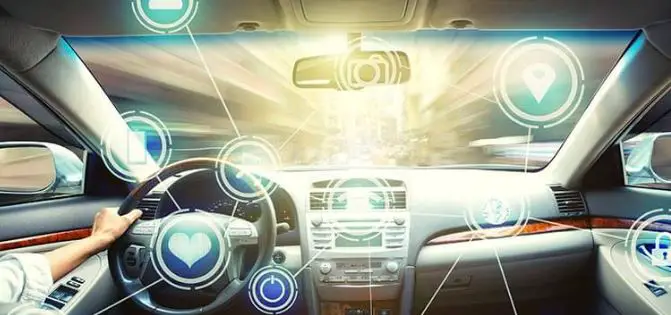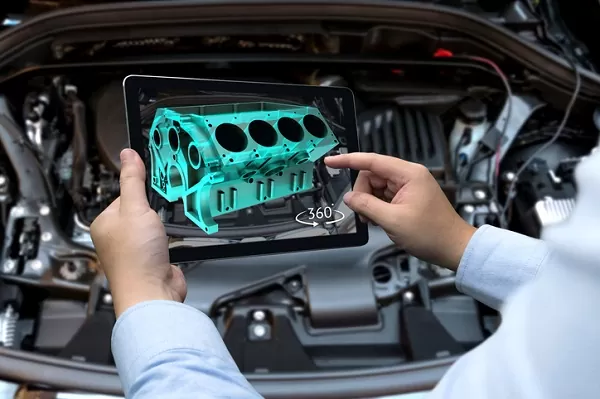These days, in much of the United States, our citizens and residents rely heavily on car travel. With commutes to work, school, leisure activities, and travel and vacations, a lot of time is spent in cars. There are so many people on the road, day and night, that car accidents are a fact of life.
To help prevent serious automobile accidents, car manufacturers are constantly researching and implementing new safety features. There was a time when seatbelts were the most significant safety feature. But car companies are creating new ways to keep us safe all the time.
Features to Keep You Safe
Safety features can keep you and your passengers safer. They can also ensure that other motorists are safer as well. At one time, seatbelts were the car’s main safety feature, but newer ones are being introduced all the time. Listed below are a few safety features you might find helpful:
Airbags
Airbags are commonly considered the most critical safety feature available. When faced with the impact of a collision, they reduce the force. Airbags are located in the steering wheel, dashboard, and side panels of the car. They inflate rapidly upon impact so that they can cushion the passengers inside the vehicle from hitting the hard surfaces in the collision.
Antilock Braking System (ABS)
Anti-lock braking systems (ABS) are an important feature that prevents your wheels from locking if the need arises to brake especially hard. ABS works by sensing when a wheel might lock up and then releasing and reapplying the brakes multiple times a second. When a driver is panicked and slams on brakes, this can reduce skidding and possibly losing control of the vehicle.
Electronic Stability Control (ESC)
Electronic stability control (ESC) acts as a lifesaving feature and prevents rollover accidents by preventing a loss of control during turns and other maneuvers. ESC applies brakes to each wheel individually to stabilize the car and keep it from skidding or sliding.
Blind Spot Detection
Cars that have blind spot detection are equipped with sensors that can detect vehicles and other objects that are in the car’s blind spots. This lets drivers know that there are possible hazards they cannot see. Blind spot detection systems will signal the driver with a light or an audible alert.
Lane Departure Warning (LDW)
Vehicles equipped with Lane Departure Warning (LDW) will signal the driver with a light, beep, or vibration if they begin to drift into the wrong lane without signaling. Cameras and sensors mounted on the car focus on the lines and will notice when the car is departing the lane without using a signal light. This can signal a fatigued or distracted driver that needs to pay closer attention.
Adaptive Cruise Control
When using adaptive cruise control, the distance between the driver and the car ahead of them is monitored. The sensors mounted to the vehicle estimate the distance between the automobiles.
They will alert the driver if the car in front of them is decelerating so that the driver will maintain an appropriate distance. Adaptive cruise control can thwart accidents that would otherwise be caused by traffic slowing down and hard braking by the car in front.
Rearview Camera Monitoring
Monitoring what is behind the car using a rearview camera can be a very helpful safety feature. Sometimes, seeing what is behind the vehicle can be difficult. The image is displayed on the dashboard by using a camera mounted to the rear of the car.
Seeing what is behind the car before backing up can prevent bumping into things that would otherwise be impossible to see.
Lower Anchor and Tethers for Children (LATCH)
All modern cars are mandated to include LATCH systems so that car seats and booster seats are safer and more secure. LATCH makes installing children’s safety seats more simple since they are compatible with all seats. Some of these systems, in particular vehicle models, are awkward to use. Bring your child’s car seat with you when you are shopping for cars so that you can see for yourself if the LATCH system works adequately for you and your child’s seat.
Constant Improvements
The automobile industry is making continuous strides toward safer vehicles. When you are shopping for a vehicle, research which safety features are most valuable to you and ensure the make and model car you are considering purchasing comes equipped. A car’s safety features are among its biggest selling points.
Sources like Consumer Reports offer overviews of the safety features that come standard in cars you might be interested in buying. Before you are ready to buy, research will help you find the safest vehicle for your budget.
Go Home







